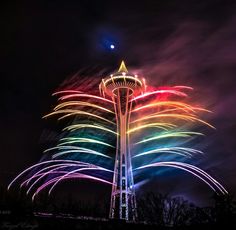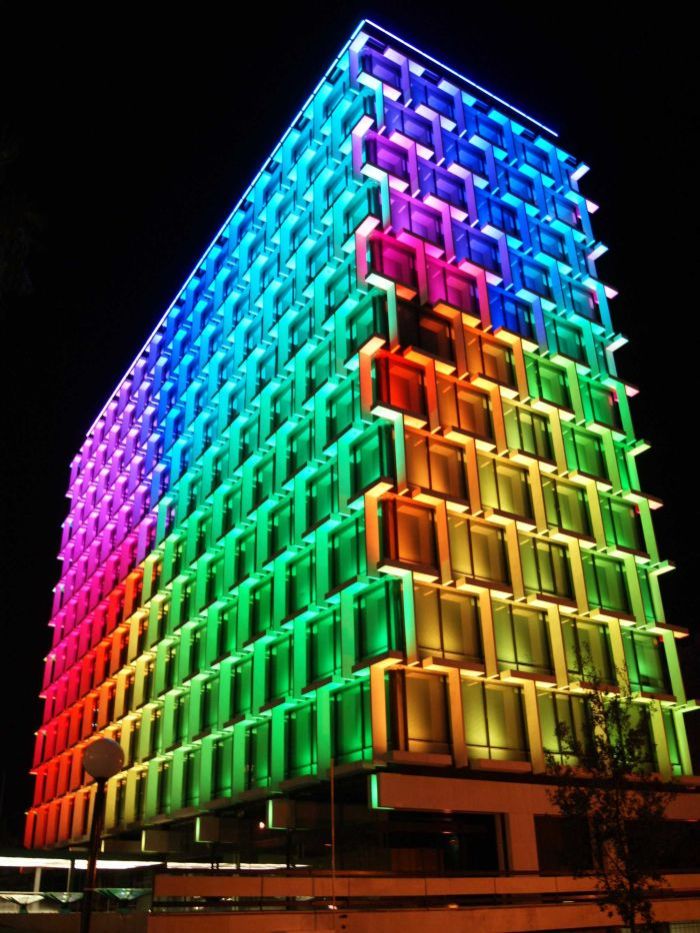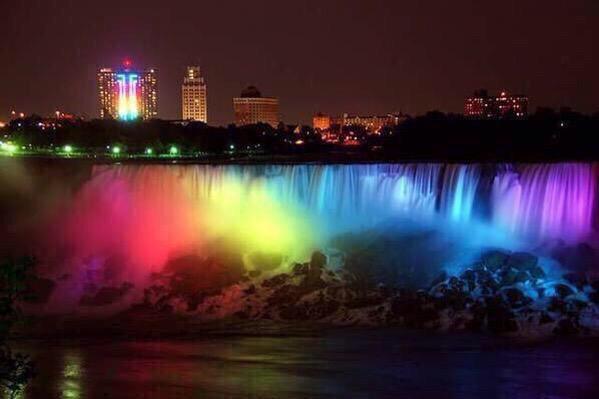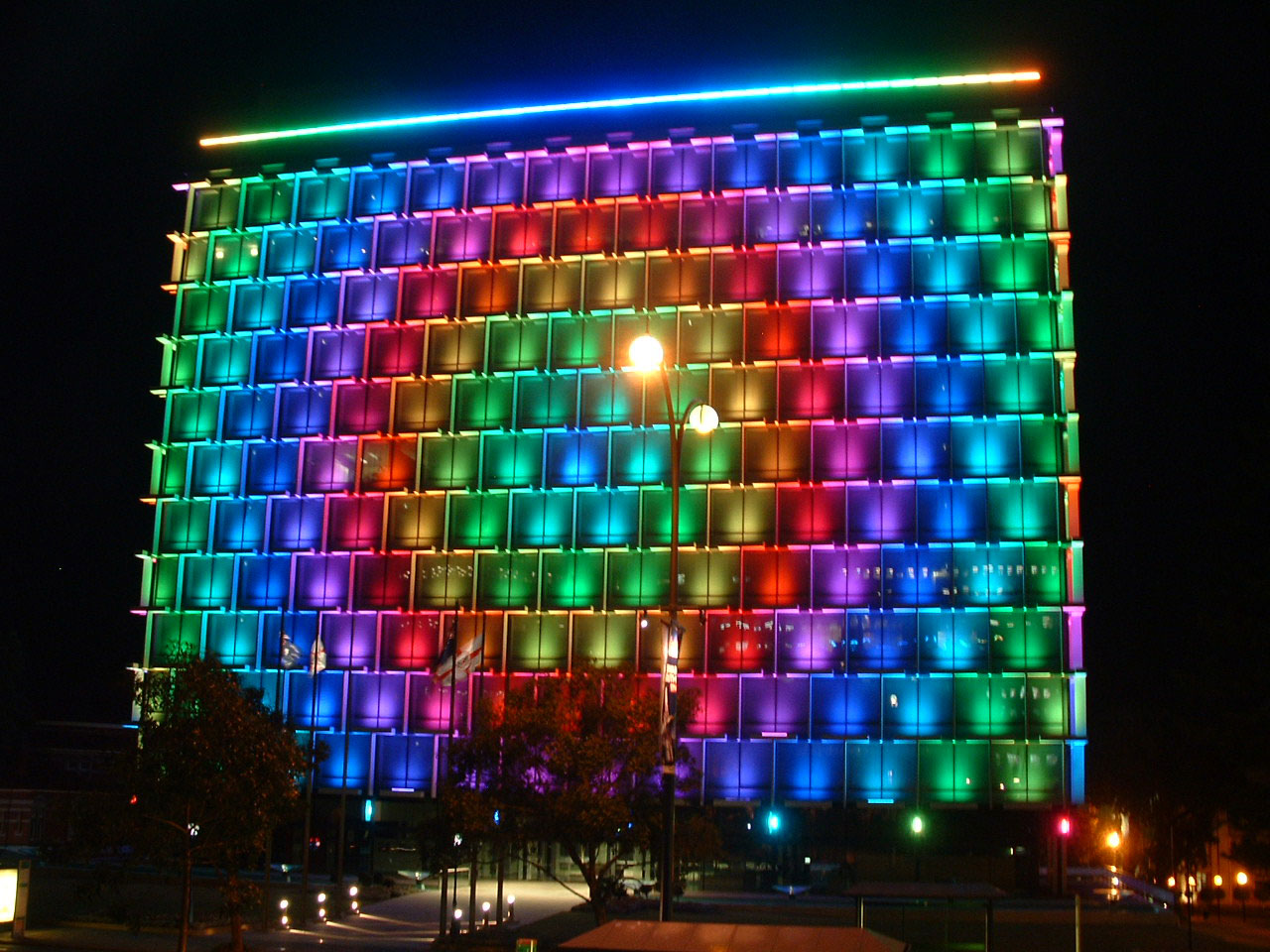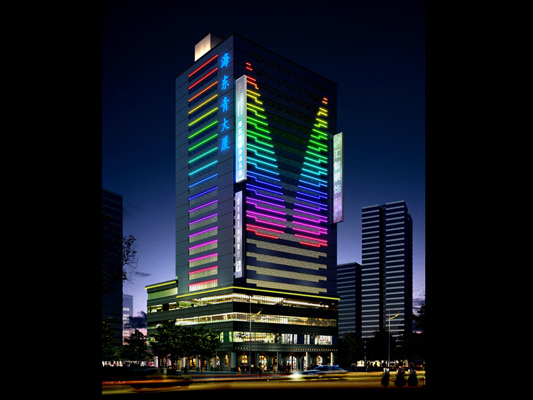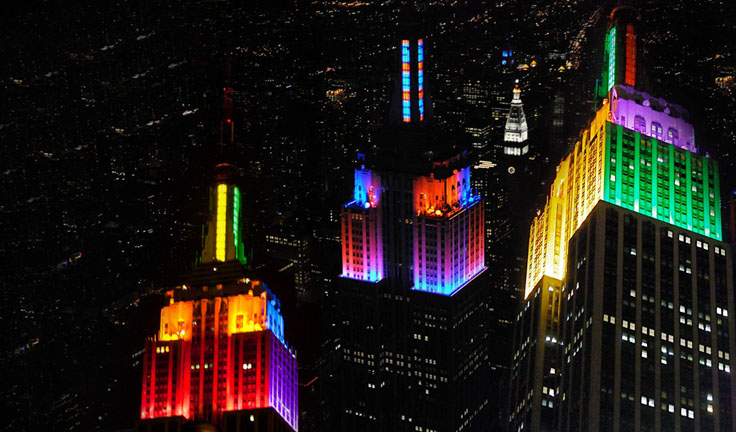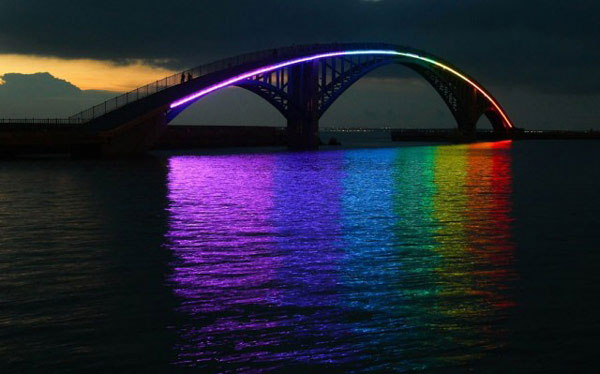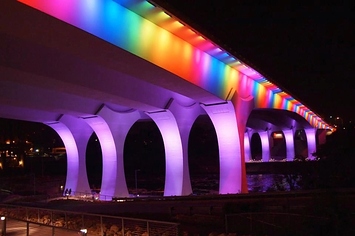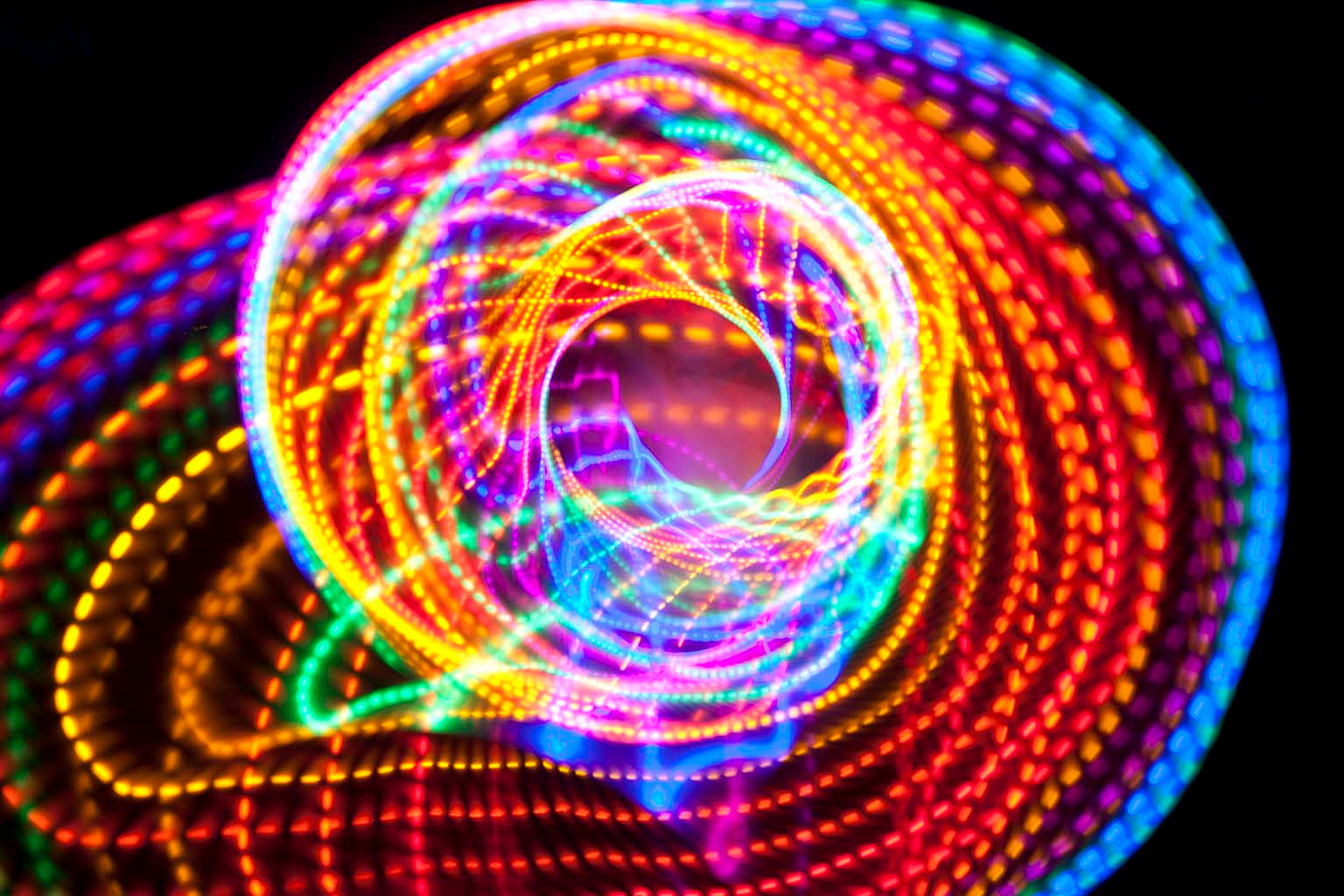To be alive...
I headed to SF last week to enjoy the wine country and spend time with my best friends and instead I landed to a new reality and got pulled into some real shit. My best friend works for mayors office and so I spent the week helping him shape a community based plan of social impact and resolve for the city in the midsts of demonstrations and Trump effigy burning. It was eye opening and it got me thinking about changes in our society, new expectations, how our behaviors should change and what this means for people, marketers and brands. Brand missions must now stand for issues that connect us to each other and the communities we live in. We must go beyond the wedge issues that divide us and focus on what makes us all interconnected. Brands have focused a lot on individual issues like self-esteem, empowerment and stereotypes - which are all amazing issues and shouldn’t be neglected, but what we need right now as a country are more community based programs that brands can help lead. Connecting us to opinions outside of our bubble and getting people to stand together is critical. It’s up to us as marketers to ensure that our brands are prepared to get involved with helping people and communities connect with each other in a productive not destructive two-way conversation. True dialogue is needed and it’s up to all of us to foster that dialogue in the face of a new political reality.

















